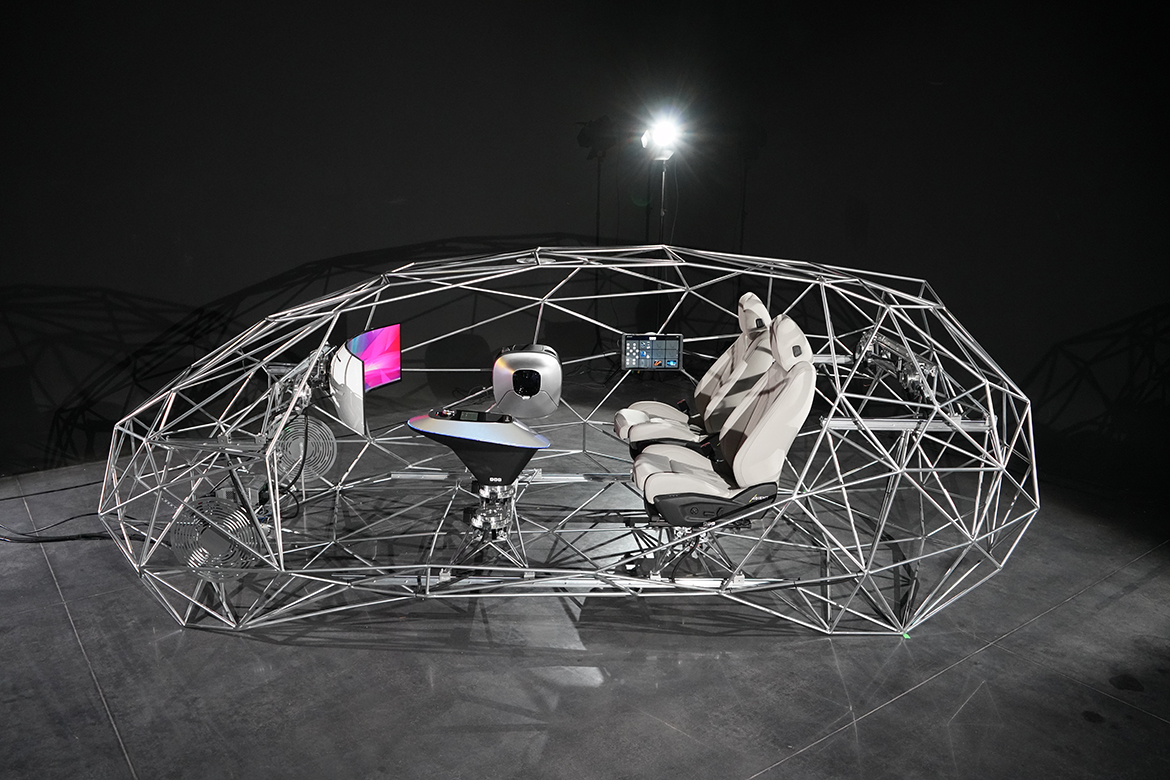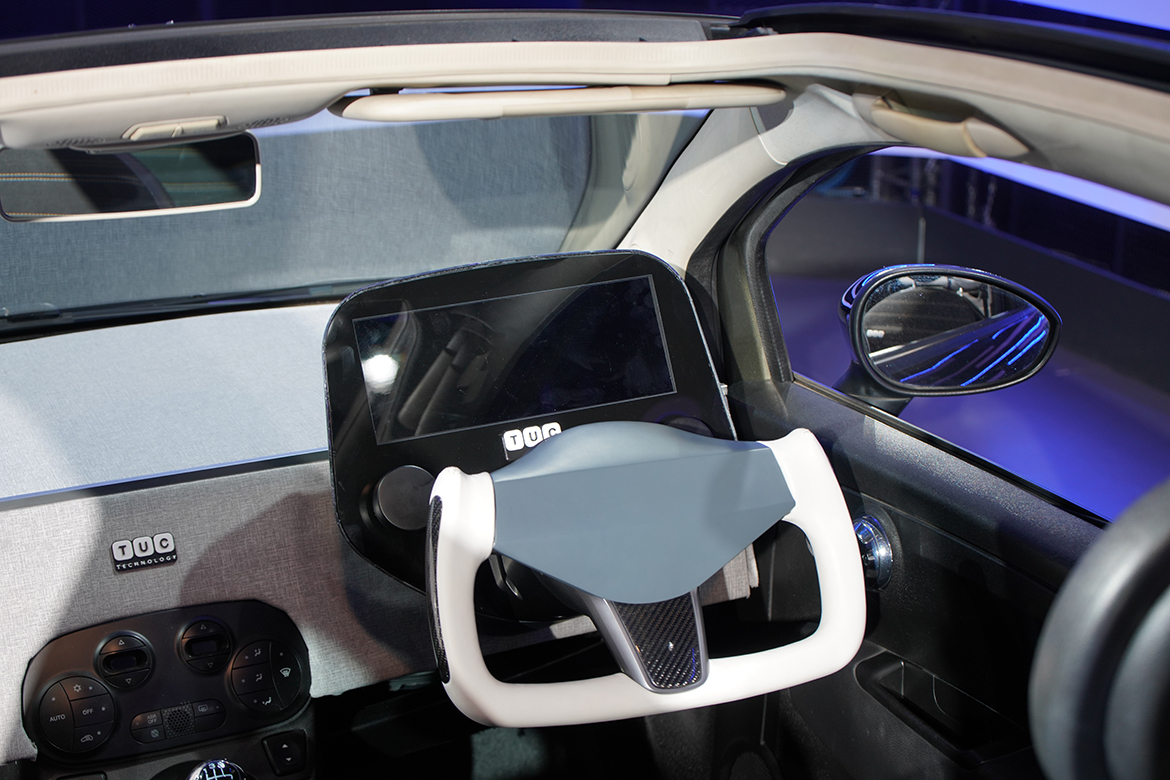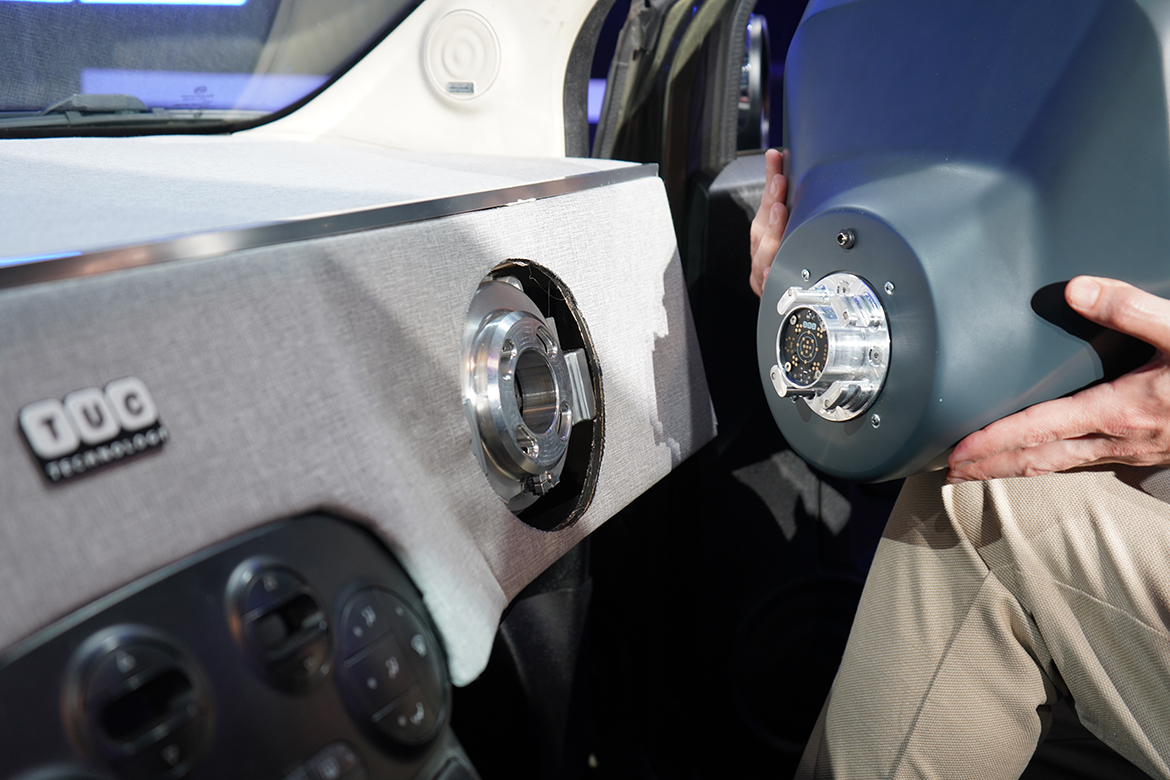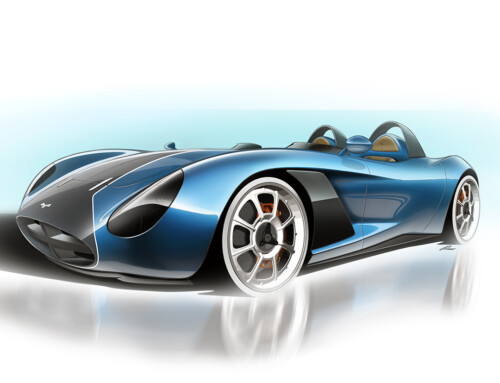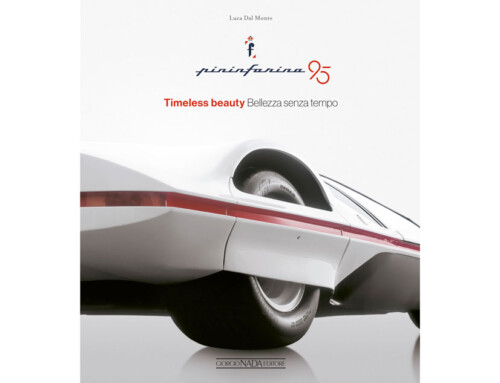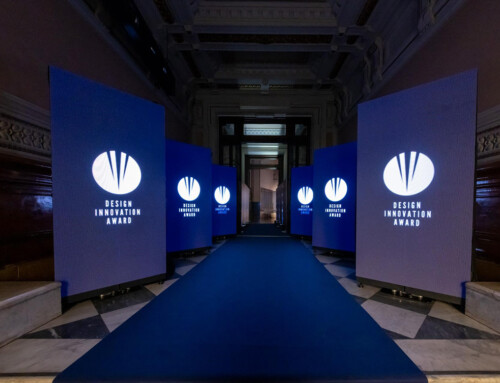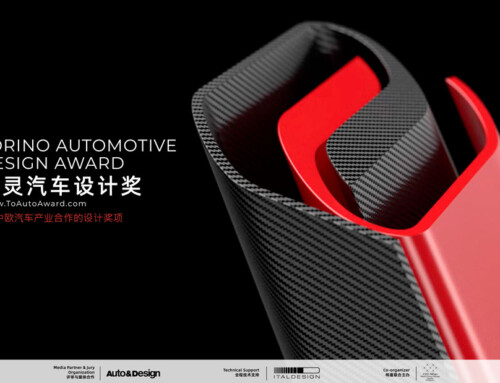Tuc has unveiled Tuc.3, an industrialised version of its “Mobility Usb”. A connector to be installed in every part of the vehicle, transforming it from a pure mobility tool to an environment to be inhabited and configured. A patented system for creating one’s own vehicle with no limits other than those dictated by one’s own needs in a functional, flexible manner, consistent with the new social needs of the next decade. Tuc has been designed to interface different devices both inside, such as seats, infotainment systems but, as it is conceived to enable the complete modularity of any type of vehicle, it has also been realised to interface with devices outside the passenger compartment. Tuc 3.0 was included within 2 prototypes developed to show the application of the technology on the vehicle and combined with 5 plug&play demo devices developed together with some partners.
The first prototype is the TUC.nest, a modular canvas that synthesises all possible combinations of spaces and proportions to define the vehicles of the future. Its purpose is to visualise at a glance all the Tuc technology that will be implemented on a vehicle and, through 13 plugs that can be moved both longitudinally and transversely, it allows a mobile space to be designed to measure according to the real needs of the customers to whom it will be made available so that everyone can study, integrate and develop Tuc on their vehicles.
The second concept emphasises the real applicability of Tuc 3.0 and is represented by a running prototype of a city car inside which two mini-connectors have been applied to demonstrate its real-life usability and integrability on existing vehicles by enabling a digital cockpit-steering wheel system with drive-by-wire steering controls which, thanks to the Tuc universal connector, can be installed with a simple ‘plug’ to drive the vehicle from both sides: one of the many customisation possibilities that Tuc wants to offer the world of mobility.


